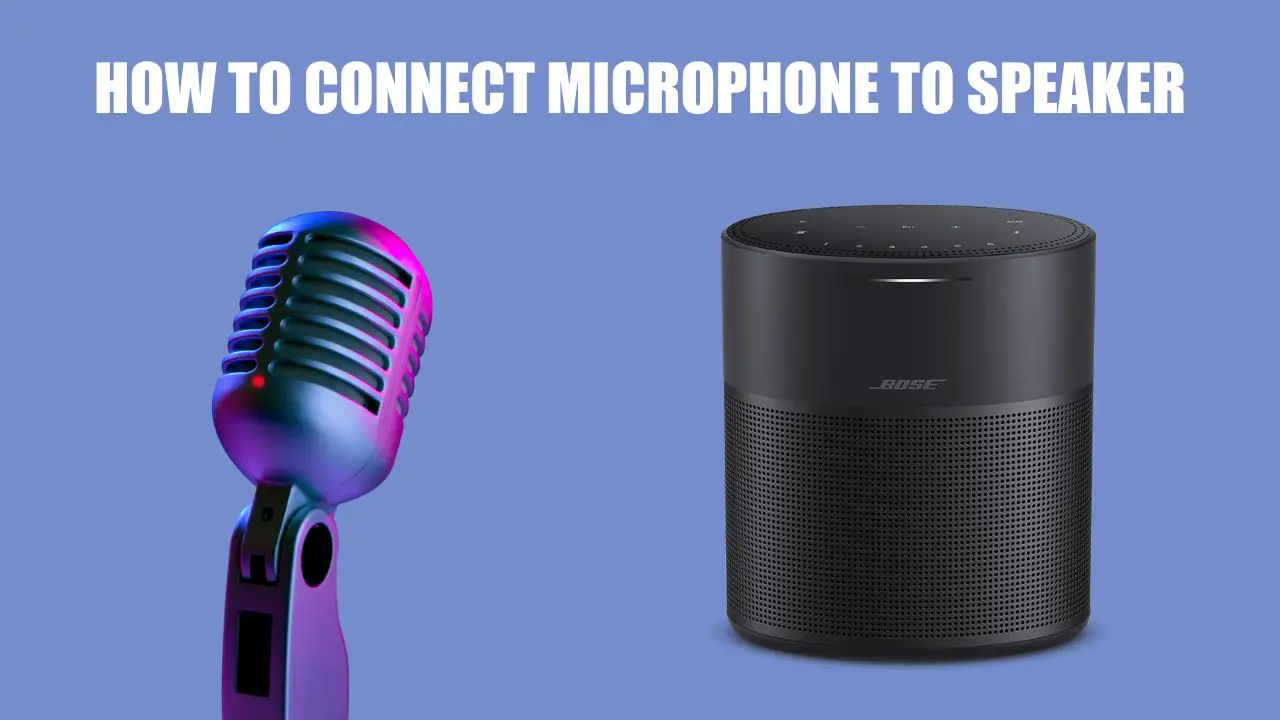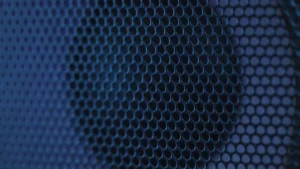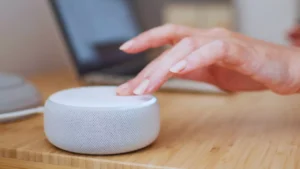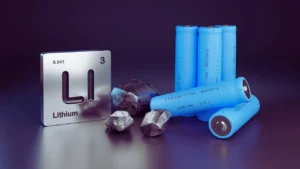Based on the type of microphone and speaker you own, you can establish a successful connection between a microphone and a speaker. You can quickly connect a microphone to your speaker. Check if the speaker has an XLR input and the microphone has an XLR output.
Microphones are of two types – dynamic and condenser. The dynamic microphone does not require any power input, but a condenser needs the power to function. If you are using a dynamic microphone, you need the XLR cable. Plug one end into the microphone output port and the other end into the speaker input port of the amplifier. Adjust the volume of the amplifier. Now, take the speaker cable and plug it into the speaker output port of the amplifier. Adjust the volume of the speaker accordingly.
If you are using a condenser microphone, keep the condenser microphone connected to the power source to keep it functional, and use an XLR cable. Connect one end of the cable to the microphone and the other to the microphone input of the amplifier. Now, adjust the volume of the amplifier. Take the speaker cable and connect it to the speaker output of the amplifier. Finally, adjust the volume by turning on the speaker.
Let’s get to know about the steps in detail and what adjustments you need to make to connect microphone to speaker.
In This Article:
3 Methods to Connect Microphone to Speaker
These days speakers are mostly self-powered and come with a built-in amplifier. So you can easily connect the speakers to your microphone. But, you must check whether the speaker comes with an adjustable mic level for better sound and volume control.
There are 3 methods that will help you to connect a microphone to a speaker.
1. Connect Microphone with Speaker (built-in AMP)
Take the XLR cables and plug one end into the microphone and the other into the XLR port of the speaker. Otherwise, you can also look for the input switch on the speaker and connect it. The switch is usually present at the backside of the speaker. Toggle it on and adjust it to the mic level.
You can adjust the sound output using the volume button based on your necessity. Do remember that if your microphone-to-speaker connectivity fails to work, then it might not have amplifiers, which is possible in the case of passive loudspeakers. Also, if you are using active loudspeakers, you need to connect them to the power source to function.
2. Connect the Microphone with a Speaker having an External Amplifier
To establish your connection between the speaker and the Power amplifier, take the RCA connector or the 1/4th jack. Connect one end to the speaker output of the amplifier and the other end to the speaker input connector.
You need to power on both the mic and the amplifier. Go to the Sound settings and adjust the volume of the device. You can also use the “mic input sensitivity” switch to configure it manually. Do remember to use compatible cables and connectors and ditch the low-quality alternatives.
You can also read through the user manual to understand which cables would be compatible with your amplifier and speaker.
3. Connect a Bluetooth Microphone to a Bluetooth Speaker
You will not need an amplifier to connect your Bluetooth microphones to a Bluetooth speaker. However, the connection is also not so straightforward. You need to use either your laptop/PC or your smartphone to connect both devices.
If you are using your PC, then download an app called Audacity. This will help to connect both the microphone and speaker with each other by pairing them up. You need to turn on the Bluetooth for both microphone and speaker and follow the prompts on the application.
Thus, after the setup is complete, you can start using the device without any issues. Try to play audio files to test the listening environment.
Are there any Cons of Connecting a Microphone directly to a Speaker?
Yes, there are limitations to connecting a microphone directly to a speaker, and one of the prime reasons is the lack of control. If you plug a speaker directly into a microphone, you will lose many controlling features. In this case, as a remedy, you can use an audio mixer to stop your speaker from being noisy.
What are the Advantages of Using an Audio Mixer while Connecting Microphone to Speaker?
There are a lot of benefits to using an audio mixer in terms of signal processing, multiple inputs, stereo inputs, placement options, and basic EQ. It will help to make the sound better and provide flexibility and reduce monotony during voice output. With Stereo inputs, you can connect microphone to speakers via phone/PC to a mixer.
Moreover, you can connect multiple microphones and also get a clear sound output. Also, you can manage the entire setup from one place without having to adjust the volume of each and every speaker connected to the microphone.





